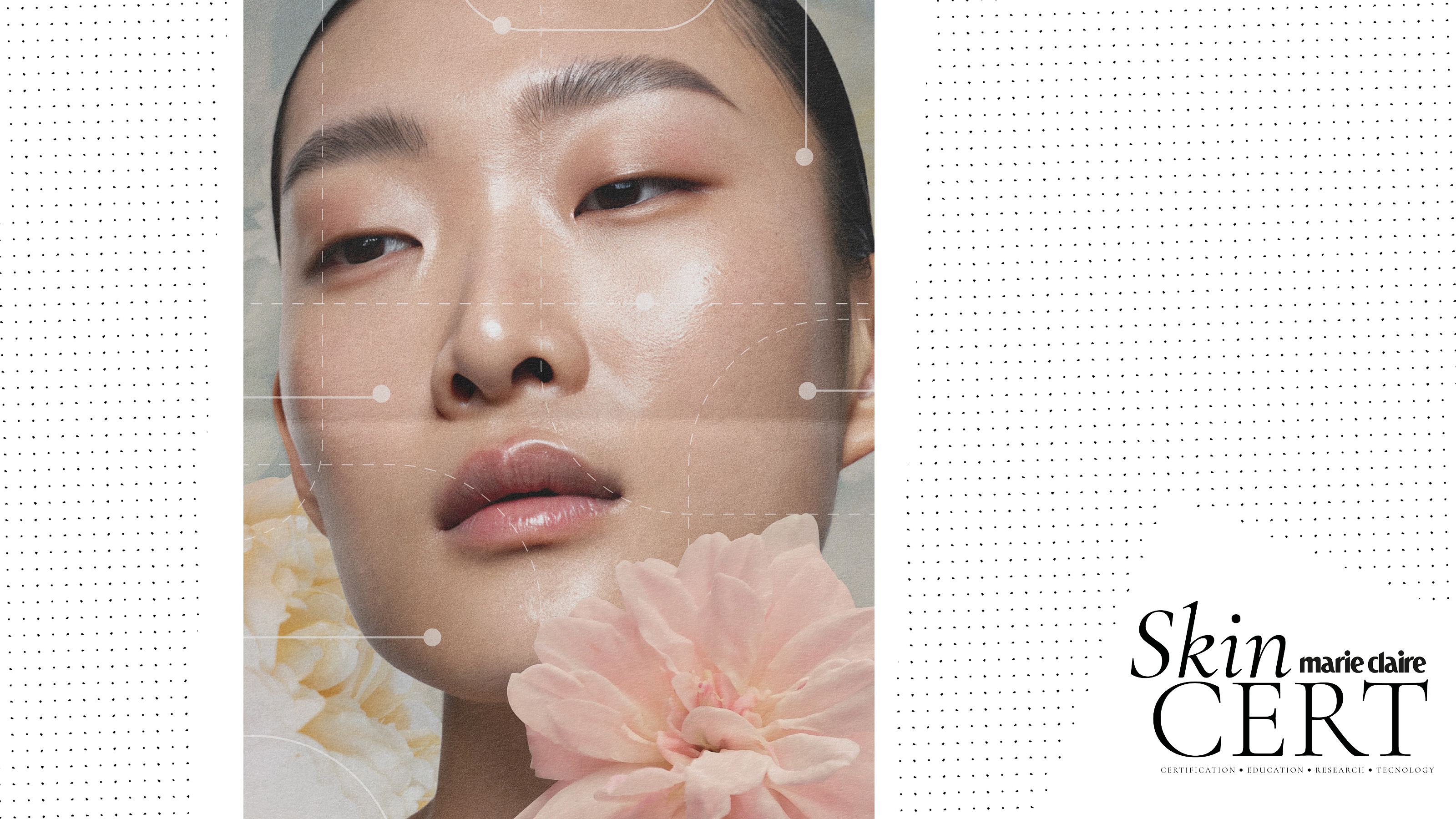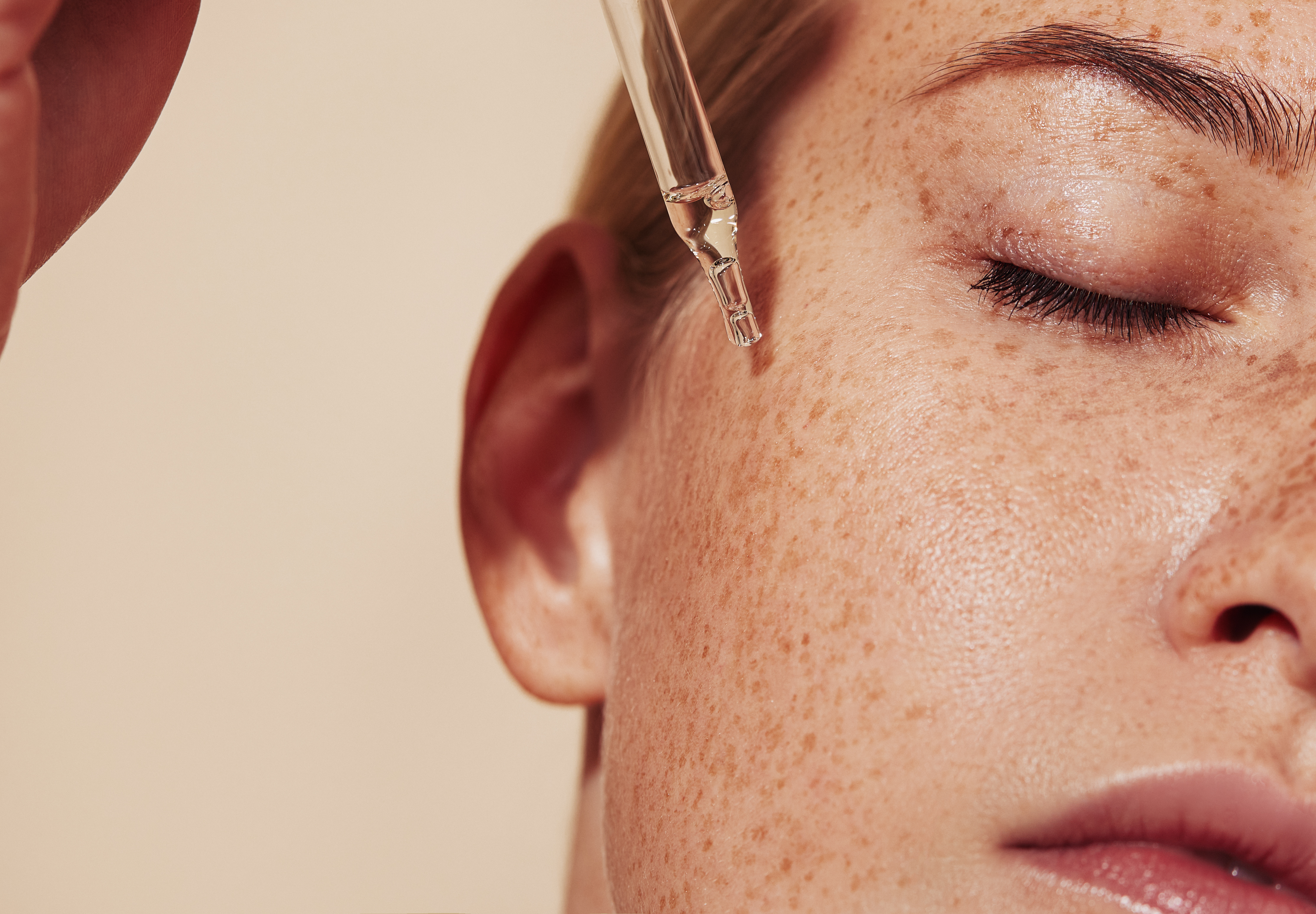Decoding the Skin-Brain Axis: How Dermatology and Neuroscience Are Converging
The microbiome’s hidden impact on mood


We all know the effect a bad skin day can have on our mood. You wake up to a hormonal breakout on the first day of a new job and your confidence starts to slip. You get a rosacea flare-up on your wedding weekend and suddenly it’s all you can think about. But what if it wasn’t just the appearance of your skin messing with your head? What if your skin itself—and the bacteria living on it—were directly influencing the chemicals in your brain?
New, groundbreaking research suggests it might be doing exactly that. The paper, “Microbiome Composition and Psychological Wellbeing”, published in the British Journal of Dermatology, found that the skin microbiome and psychological wellbeing may be interconnected in what scientists are now calling the skin-brain axis—the idea that the bacteria living on your skin could be shaping how stressed, calm, or even happy you feel.
It’s the latest in a slew of microbiome breakthroughs. First came the gut–brain axis, proving your microbiome could influence mood, immunity, and even cognition. Then came the gut–skin axis, mapping how the gut microbiome affects the complexion and overall skin health. Now, as shown in the new paper, scientists at the University of Liverpool have found a potential link between a common skin bacterium, Cutibacterium, and psychological wellbeing—specifically stress levels—marking the first time any such link has been identified. They found that higher levels of this bacterium on the face were linked to lower stress, while higher levels in the underarm (axilla) correlated with both reduced stress and better mood.
"The same molecules that brighten your skin might one day help brighten your mood."
“Scientists think this could happen through several routes,” explains Dr Jenna Macciochi, an immunologist specialising in the intersection of nutrition and lifestyle with the immune system. “Some skin bacteria release molecules that calm inflammation and strengthen the skin barrier, which may reduce stress-related immune activity.
“It could also be neuroendocrine signalling,” she continues. “The skin can make mood-influencing chemicals like substance P or cortisol in response to microbes, triggering sensations—such as itch, pain, or comfort—that feed back to the brain. It could also be through microbial metabolites, where certain microbes convert skin oils into compounds that interact with nerves or immune cells, possibly affecting brain chemistry.”
The significance of these findings could be game-changing, catapulting skincare into the realms of psychological therapy as well as pure aesthetics. Forget just treating breakouts or dryness: future products could, in theory, help support your stress resilience or even boost your mood—simply by nurturing the right microbes on your skin.

It’s not the first time psychodermatology—the study of how skin and mind influence one another—has been heralded as a holistic treatment. But this is the first time there’s quantifiable scientific evidence linking specific skin bacteria to psychological wellbeing. Dr Marie Drago, pharmacist, microbiome expert and founder of Gallinée, agrees the findings mark a milestone. “It’s very interesting. Of course, correlation is not causation—scientists’ favourite disclaimer—but it really opens the field for new studies,” she says.
Celebrity news, beauty, fashion advice, and fascinating features, delivered straight to your inbox!
One reason the research is so exciting, she adds, is that it suggests skin bacteria may influence mood by producing short-chain fatty acids (SCFAs)—bioactive molecules already known to play a major role in gut health. “What’s very interesting in this article is that it posits the bacteria are helping by producing short-chain fatty acids. You’re going to hear a lot about these molecules in the future, both in nutrition and in skincare. Lactic acid is one, and it’s already used in skincare (and in every single Gallinée product), but if it also makes you happier, it needs to be researched, and used, more.” In other words, the same molecules that brighten your skin might one day help brighten your mood.
This discovery also paves the way for a new wave of neurocosmetic formulas that focus, very precisely, on cultivating the growth of beneficial bacteria. Still, it’s easy to get carried away. Considerable research is needed to establish the exact mechanism of the skin-brain axis. “The idea is promising, particularly for ingredients that strengthen the skin barrier or encourage the growth of beneficial microbes,” says Dr Macciochi. “Some newer formulas use prebiotics or postbiotics backed by credible research showing links to positive emotional states. But the hype is currently running ahead of the hard evidence. While early findings are exciting, large-scale clinical trials are still rare. For now, neurocosmetics remain an emerging field full of potential, but still in need of robust science to separate genuine breakthroughs from marketing spin.”
"Future products could, in theory, help support your stress resilience or even boost your mood—simply by nurturing the right microbes on your skin."
But as Dr Drago points out, proving these benefits won’t be easy. “The first step is to get good test protocols. Measuring wellbeing results from applying products to skin is difficult to do well, and there’s often a lot of marketing noise. But I’m optimistic—we’re seeing enormous progress, which means that soon we might get products based on good science that can genuinely support wellbeing.”
She also predicts a more holistic, inside–out approach. “Because you can get effects from beauty products, proven benefits from supplements, and even neuro effects from fragrance, it makes sense to combine all three. One of our latest launches, for example, was a calming serum paired with a calm and microbiome supplement, designed to target the gut–brain–skin axis and help reduce stress.”
There are, however, key takeaways that can be implemented immediately. “Eating more fibre, fermented foods, or pre- and probiotics can help nurture the gut microbiome,” says Dr Macciochi. “This, in turn, may indirectly benefit the skin, improving its barrier function and reducing inflammation—though direct effects of diet on the skin microbiome remain under-researched.”
As for topical solutions? “Evidence shows that skincare approaches like prebiotic creams, targeted probiotics, and gentle cleansing may quickly and directly shift the skin’s microbial balance. These may be especially useful for restoring beneficial bacteria, such as Cutibacterium, that help keep skin healthy.”
Gallinée uses a combination of pre-, pro- and post-biotics to care for the unique combinations of bacteria on different parts of your body. But Dr Drago stresses that the real beauty lies in supporting the skin’s own resident microbes. “We use tyndalized bacteria—very gently inactivated by heat—that are still recognised by the skin and able to stimulate the microbiome. This way we ensure total security and control of the product. But honestly, I’m more interested in supporting your own bacteria—the ones born and raised on your skin—by supercharging them with prebiotics.”
It’s early days, but the implications are huge. If the skin-brain axis proves as influential as the gut–brain axis, the next generation of skincare could go far beyond soothing dryness or preventing breakouts. We could be looking at topical formulas designed not just to transform how skin looks, but to transform how people feel. And that cements skincare firmly at the intersection of science, wellbeing, and self-care.

Lottie Winter is the Beauty Director at Marie Claire UK. With over a decade of beauty journalism under her belt, she brings a desire to cut through the noise and get to what really matters–– products that deliver, conversations that empower, and beauty that makes people feel like their best selves.